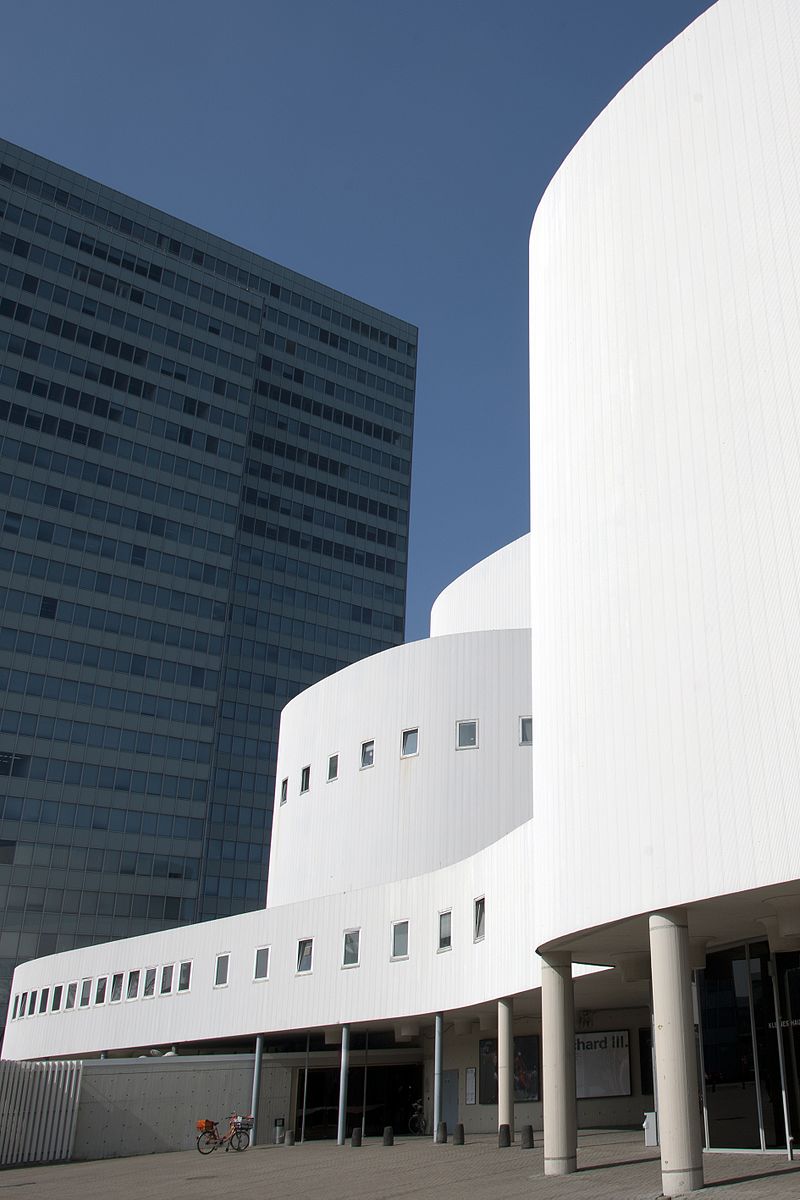Do 14.01.2021
18:15
• online
Panel Discussion
Which Theater for which City? Part 2
Frankfurt’s theater is currently on the verge of setting a course that will shape it significantly well into the 21st century: What should the buildings, in which the city subsidized theater will be located, look like? Where should opera, drama, children’s and youth theater, and experimental performing arts be rehearsed, performed, watched and discussed in the future? Four of the five future municipal theater buildings are currently being planned – at various stages. Against this backdrop, the architectural history and theater studies departments at Goethe University want to publicly discuss the questions raised by this situation at two events. Lectures by scientists, contributions by artists, and short video statements by politicians will help to put the urgently needed discussion about the Frankfurt Theater of the Future on a broader basis.
Carsten Ruhl (speaker of the LOEWE cluster “Architectures of Order”; architectural historian, Goethe University Frankfurt) will discuss “Theater Buildings, Culture for All” with the theater scholar Ulrike Haß (Bochum/Berlin) and the architectural historian Frank Schmitz (University of Hamburg) on February 17th, 2021.
As part of the first event, “Theater 2040 – Conceptions and their Architectures”, taking place on December 16th, 2020, Nikolaus Müller-Schöll (theater scholar, Goethe University Frankfurt) spoke with the director of the Kampnagel Cultural Center, Amelie Deuflhard, and the dramaturg Rebecca Ajnwojner (Maxim Gorki Theater Berlin). A recording of the event is available online at: http://zukunft-buehnen-frankfurt.de
Background
Since an appraisal report in 2017 revealed that the city of Frankfurt will inevitably have to invest almost a billion euros for the renovation or restoration of the “double unit facility” for opera and drama at Willy Brandt-Platz, the topic of new construction or renovation has been on the minds of theater experts and scholars, architects and architectural theorists, monument conservationists, urban planners, and even the general public. After the initial indications were that the current building, which was constructed in several phases, would be renovated, it seemed clear at the end of January 2020 that a new building was to be constructed. At lower costs, according to the argumentation of the city’s cultural policymakers, new buildings for the theater of the 21st century could be constructed, which would also allow for new urban planning solutions.
However, criticism was raised against this argumentation, which is partly shared by the initiators of these two events. Before deciding on new buildings, even before the end of the debate on renovation or new construction, should we not define more precisely what kind of theater the city wants in the future – for whom, in what form, with which actors, and with what kind of architecture? Is the city allowed to simply tear down a building in which almost 120 years of history overlap? Were concerns regarding the protection of historical monuments, especially those relating to the “Wolkenfoyer” built in the early 1960s, adequately taken into account? Doesn’t the city have every reason to pay more attention to the post-war architecture of the ‘second modernity’ to which the building belongs? And has the fundamental discussion about the subsidized state theater of the future, which is necessary in light of the buildings, already taken place?
